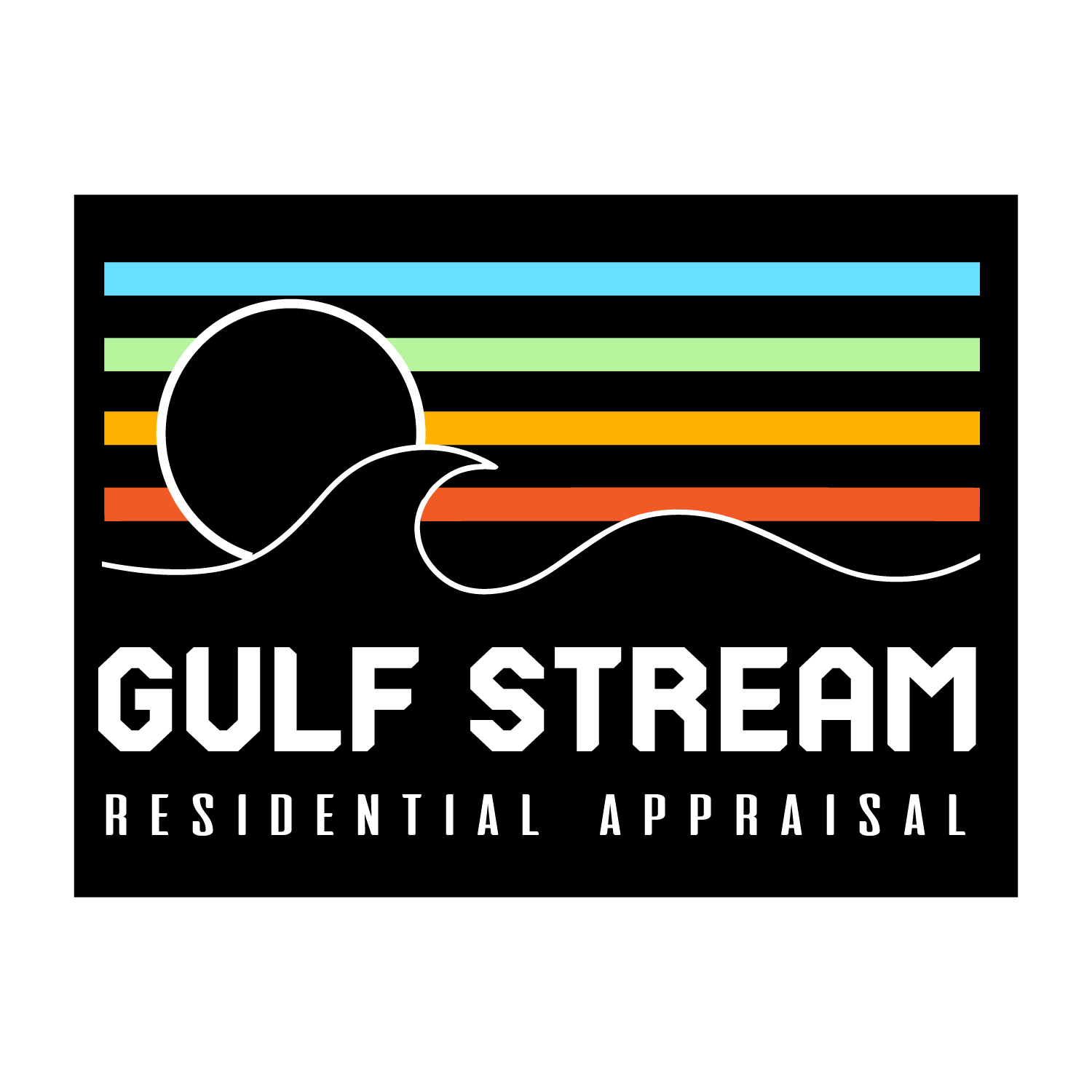
Exploring Appraisal Options:
A Breakdown of Appraisal Services
Clients frequently inquire about the diverse range of appraisal reports we offer and the appropriate scenarios for each report type. The determination hinges on the mutually agreed upon "Scope of Work" between the client and the appraiser. Identifying the intended user of the report is a crucial factor in this process.
Allow us to break down the various typical report types, their intended users, and the typical fees associated with each service.
Narrative / Full Form Appraisal Report - A Narrative or Full Form Appraisal Report is an exhaustive and meticulous document that provides an in-depth valuation analysis. It comprehensively explains the appraiser's methodology, rationale, and supporting evidence utilized to determine a property's value. The report includes a thorough description of the subject property, encompassing its location, physical attributes, improvements, a comprehensive market analysis, an evaluation of the highest and best use, and a detailed account of the valuation approach employed. The level of detail incorporated into the report is contingent upon the mutually agreed-upon scope of work between the client and the appraiser.
Lending institutions frequently mandate the procurement of such a comprehensive report. Particularly for appraisals that may be subject to IRS scrutiny or intended to serve as authoritative evidence in legal proceedings, these report options are the most common.
Restricted Appraisal Report – A Restricted Appraisal Report is a succinct version of the comprehensive Narrative or Full Form Appraisal Report, characterized by a limited scope and specific intended purposes. It is typically employed when the client or intended user possesses a substantial level of familiarity with the subject property and prevailing market conditions, thereby negating the need for the extensive detail provided in a narrative report. The appraiser retains a significant portion of the data collected within an internal work file.
These reports are commonly utilized for internal purposes by entities such as property owners, financial institutions, or seasoned real estate professionals who possess a thorough comprehension of the property's characteristics and market dynamics. However, Restricted Appraisal Reports are generally not intended for dissemination to external parties or for use in mortgage lending or other scenarios that necessitate a more comprehensive and detailed report.
Evaluation Reports – An Evaluation Report shares similarities with a Restricted Appraisal Report in that the level of reporting and analysis is significantly more concise compared to a comprehensive Narrative or Full Form Appraisal Report. These reports are commonly utilized in scenarios that necessitate a timely estimation of value, such as portfolio assessments, preliminary valuations, secondary opinions for listing agents, or potential investor evaluations. Evaluation Reports adhere to a less formal structure than traditional appraisal reports and may not be subject to stringent appraisal standards or regulatory requirement.
The appropriateness of employing an Evaluation Report should be carefully considered within the context of the specific situation and the intended purpose. These reports are typically commissioned by property owners or individuals possessing an intimate familiarity with the subject property, thereby negating the need for an in-depth examination of the property's characteristics or operational aspects
The table below outlines the basic structure of the three appraisal report types.

